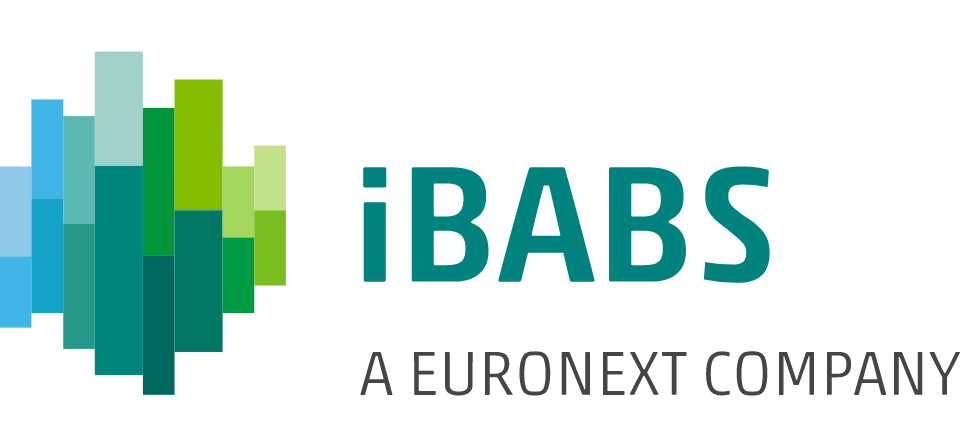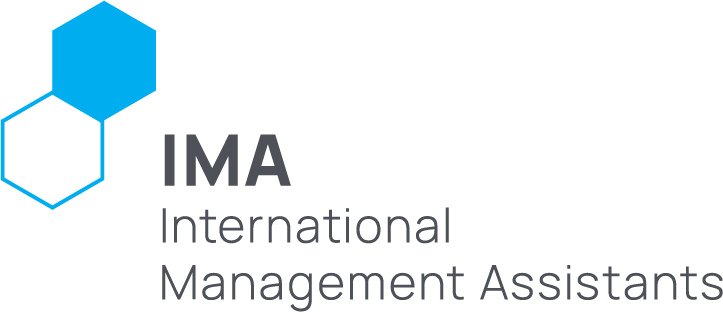 An article by iBabs - our Gold partner
An article by iBabs - our Gold partner
Without a proper meeting follow-up structure, projects can take much longer to complete. Board members likely won’t be able to keep up with any meeting tasks without clear notes and due dates.
A meeting usually covers a lot of topics and discussions. So, it’s human to forget to follow up on quick actions made during its course. But if this issue persists, it can significantly hinder board productivity and waste everyone’s time and energy.
Without a proper meeting follow-up structure, projects can take much longer to complete. Board members likely won’t be able to keep up with any meeting tasks without clear notes and due dates.
So, how can directors and secretaries prevent this issue? A good approach is to note all action items in the meeting minutes and ensure their proper management. This simple change will make your meetings far more productive.
But that’s just the start — let’s explore the best ways to keep track of action items and ensure a sound meeting follow-up process.
What are meeting action items?
A meeting action item is any task that has been discussed and approved during a meeting. It could be simple, such as setting a time for another meeting, or more complex, requiring research and planning. In any case, the details and expected outcomes should be finalised during the task assignment and highlighted in your meeting notes and minutes.
An action item should be assigned to an individual or a team along with a responsible party. For example, creating social media posts should be assigned to the digital marketing team, while the marketing manager should be tasked with ensuring its correct and timely execution.
Their importance
Meeting action items allow projects to proceed faster. With a robust follow-up process and deadlines, everyone does their part to keep the momentum going.
Sometimes, action items follow a sequence — one task’s completion leads to the initiation of another. For example, if the sales team create a spreadsheet of their monthly activity and reasons for missing revenue targets, subsequent actions could include:
- Setting up a formal meeting with the department head.
- Organising a sales training session.
- Researching new sales technology.
- Creating performance scorecards to break down each member’s performance.
Examples of action items
Here are some examples of common action items that arise from a meeting:
- Following up with a potential client, customer or prospect
- Preparing a presentation
- Exploring new tools and technology
- Putting together the next board meeting agenda
- Finalising a plan
- Organising files and folders
How to optimise action item management
Here are the best ways to manage action items and ensure a sound follow-up structure:
Add clarity and detail
Keep every action item clear and detailed. For example, allocating a task with just a title, ‘Prepare sales presentation’, is too vague. Add further information about what it should entail. A well-written, descriptive action item will help avoid confusion.
Keep all action items in one place
If various action items are kept in different places, it can lead to confusion between teams. It can also be demoralising for anyone who accidentally missed their responsibilities. To avoid mix-ups, store all action items in one place so they are easier to manage and track.
Sort your action items
There are multiple ways to sort your action items, such as by:
- Status (in progress, not started, completed, etc.)
- Priority (low, medium or high)
- Deadline (closest to furthest)
By sorting your action items, it’s easy to visualise pending tasks and catch up with assignees.
Mention deadlines and assignee(s)
Assign individuals or teams to each action item and set a reasonable delivery date. Communicate with the assignees before setting a deadline based on urgency and their current workload. Giving clarity ensures that individuals are aware of their responsibilities.
Maintain open communication
Within a meeting, action items can be assigned without full knowledge of the entire process. Sometimes, an assignee will only realise the absence of essential elements once they start the task. They should be able to communicate this information and add a preceding action item before theirs can be done.
It’s also vital to inform them of any changes to an action item or its priority. This will impact the individual/team responsible and may also extend to other action items.
Track progress
Utilise tools to track the progress of action items. Check on the action item tracking document regularly, and don’t hesitate to give the assignees a nudge on incomplete tasks ahead of or on the deadline. If they haven’t updated the tracker, remind them to do so.
Meeting action item template
Lots of businesses use project management tools to track action items. We recommend using a board portal, such as iBabs, so everyone can update their task status easily in a secure environment that protects your sensitive information. It’s also good practice to colour code for a clearer picture of progress.
Here’s a simple template that you can use for your business:

Conclusion
Utilising an efficient and organised follow-up process keeps everyone aligned and on track with their responsibilities. Sound action item management leads to productive meetings and increases momentum.
If you want to optimise your follow-up strategy, iBabs can help. This virtual board meeting software provides a dashboard where administrators and directors can see the progress of each action item, communicate and exchange documents.
You can try iBabs Board Portal for free.
